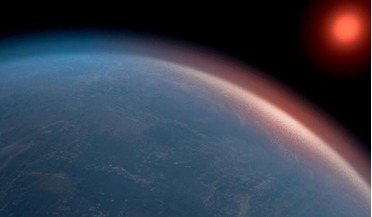 06 April 2020
Planets can form second atmospheres rich in CO, new study shows
06 April 2020
Planets can form second atmospheres rich in CO, new study shows
... around in the disk. In disks that were slightly more massive, enough carbon dioxide (CO) could be accreted to give an exoplanet sub-Neptune-like atmospheric pressures. “We show the effect of gas accretion on a planet’s pressure and bulk density...
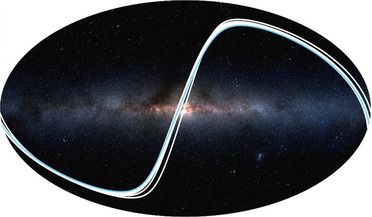 11 September 2017
Are we being watched from afar?
11 September 2017
Are we being watched from afar?
... further ten times smaller than this." Nine of these exoplanets are ideally placed to observe transits of Earth, unfortunately ...number is likely to increase as the hunt for habitable exoplanets in regions centred close to the plane of Earth's orbit...
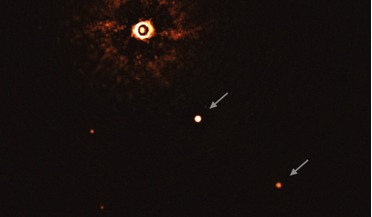 22 July 2020
Astronomers capture the first ever image of a multi-planet system around a Sun-like star
22 July 2020
Astronomers capture the first ever image of a multi-planet system around a Sun-like star
... young, Sun-like star accompanied by two giant exoplanets. Images of systems with multiple exoplanets are extremely rare, and — until now — ...can support life.” The direct imaging of two or more exoplanets around the same star is even more rare; only ...
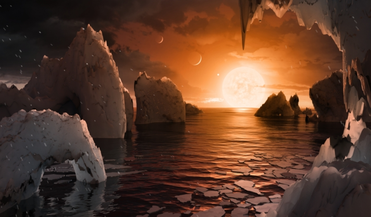 22 February 2017
NASA announces the discovery of first-ever exoplanet system with seven Earth-size planets
22 February 2017
NASA announces the discovery of first-ever exoplanet system with seven Earth-size planets
... most likely to host planets with liquid water. The exoplanet system, named after the Transiting Planets and Planetesimals Small ...of the paper and the principal investigator of the TRAPPIST exoplanet survey at the University of Liege, Belgium. "It is...
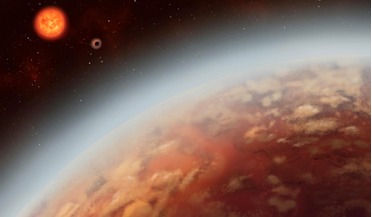 11 September 2019
First detection of atmospheric water vapour on 'super-Earth' in habitable zone
11 September 2019
First detection of atmospheric water vapour on 'super-Earth' in habitable zone
...helping astronomers with the first detection of water vapour in an exoplanet lying within the habitable zone of its star. The planet ...composition and thermal structures of hundreds of transiting exoplanets. JWST meanwhile has had its launch date ...
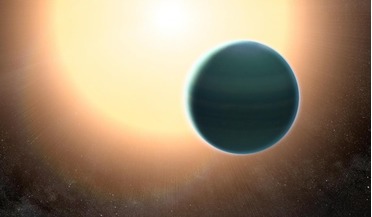 12 May 2017
Warm Neptune with primitive atmosphere discovered
12 May 2017
Warm Neptune with primitive atmosphere discovered
...helium with a relatively cloudless sky. Warm Neptune’s are exoplanets that are similar in size to our own Neptune, ...analysis is the best measurement of water to date on an exoplanet of this size. This primitive atmosphere also suggests that the planet...